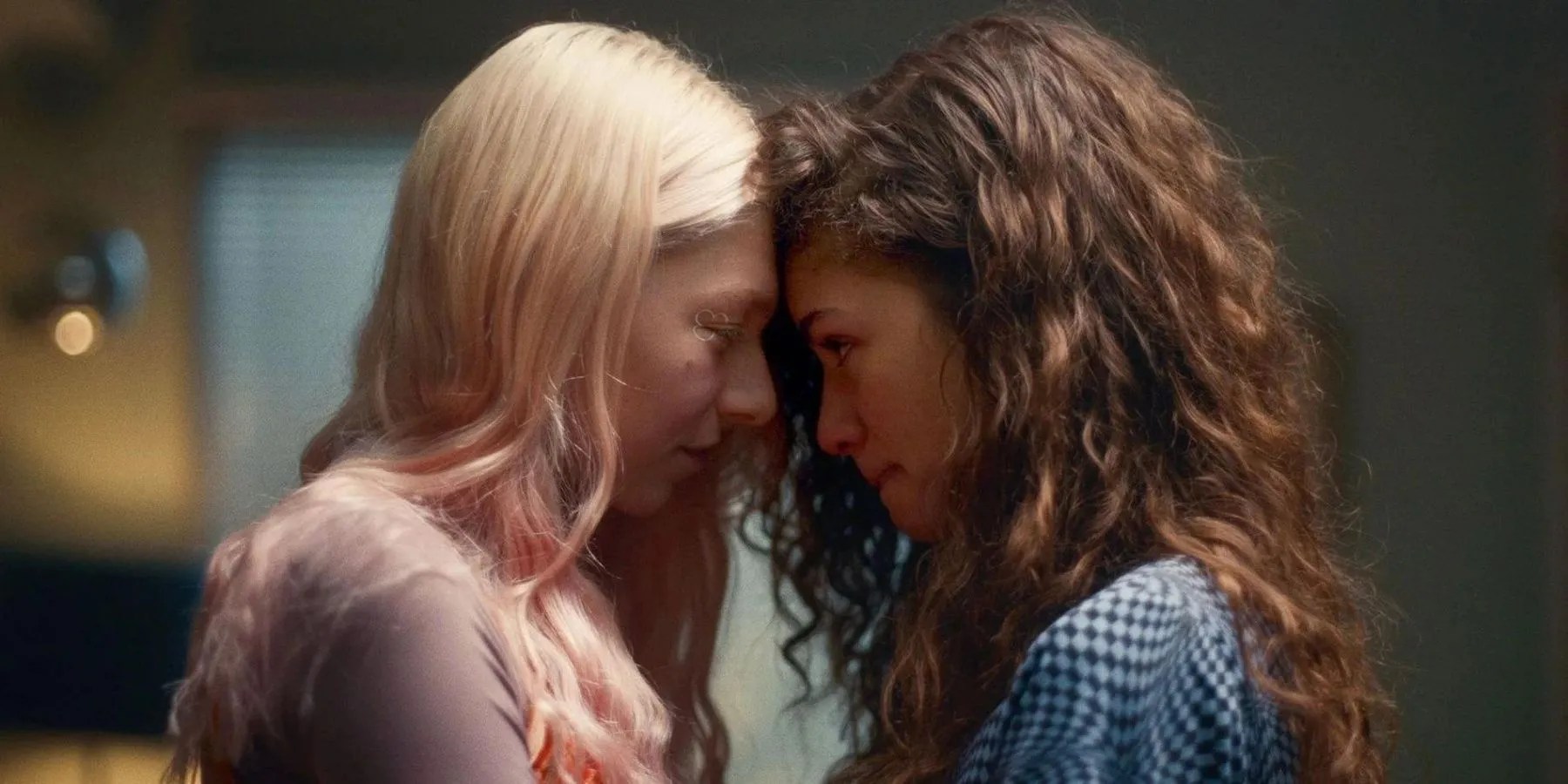The introduction ofLGBTQ+characters in the entertainment industry was initially handled with minimal sensitivity, as these queer concepts were often converted into comical yet offensive tropes generally depicting villainous intent. However, over the past few years, world has slowly begun to realize that non-heterosexuals are individuals too, who deserve adequate representation in the media.
In the not-so-distant future, searching for anLGBTQ+positive series will likely result in as many options as, say a heterosexual rom-com. Stories available to the queer community are becoming more diverse and relevant as time goes by. It is called Pride for a reason, as the LGBTQAI+ community refuses to stay sidelined any longer.
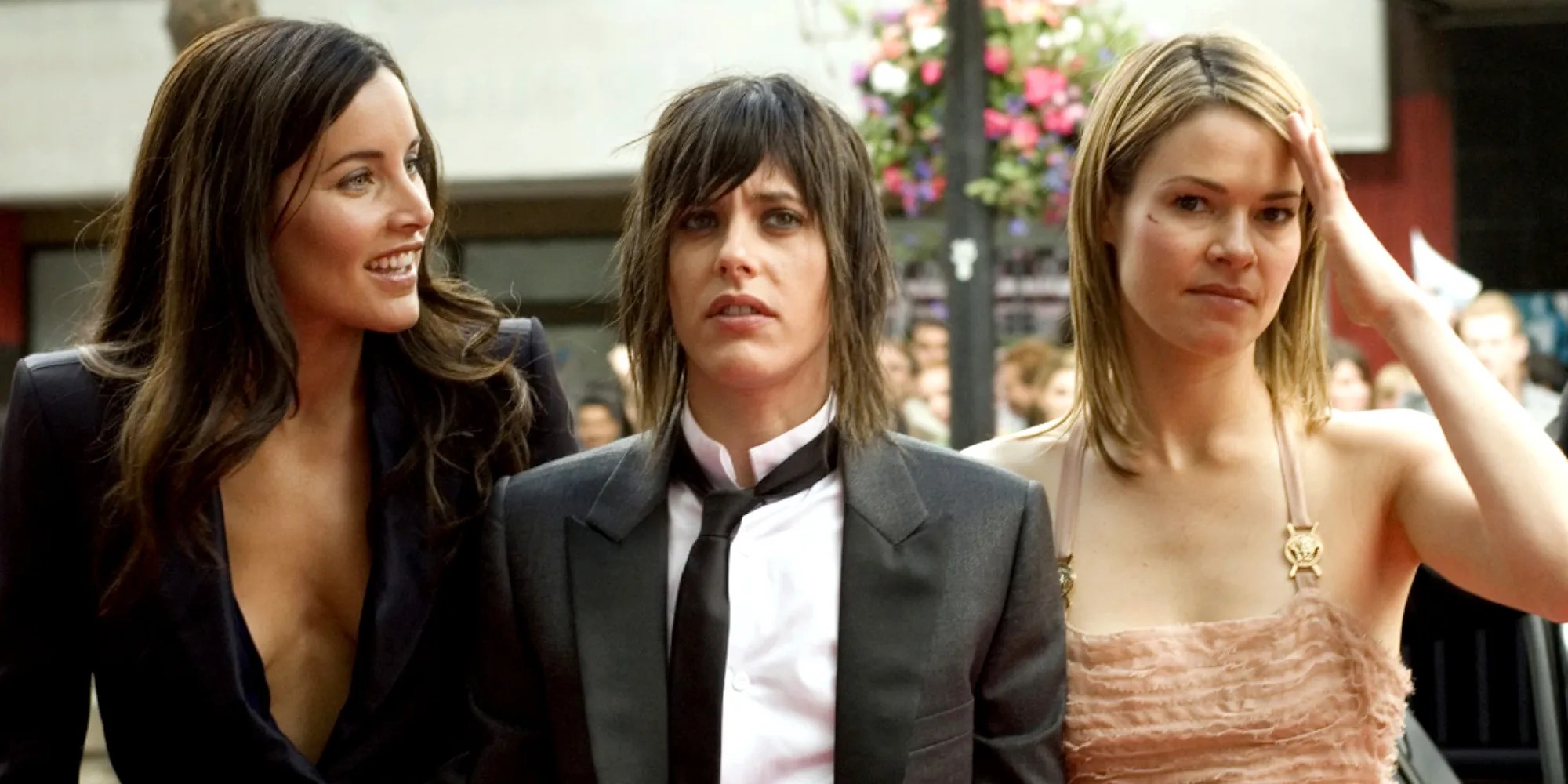
11The L-Word
Back in the days before Netflix and sexual freedom were the norm, pretty much the only adequate LGBTQ+ representation came in the form of theL-Word. This series revolutionized the way non-heterosexual characters are treated by giving depth and individuality to each character and exploring the interrelationships within the LGBTQ+ community.
Besides the poor portrayal of a roid-enraged Max Sweeny (as the show’s transgender representative), these ladies showed the world what it’s like to live an alternative lifestyle, without poking fun or shying away from uncomfortable yet relevant topics.

10Utena Revolutionary Girl
Even ifAnime is not one’s first choice, LGBTQ+ supportersshould definitely giveUtena Revolutionary Girla chance. Not only does this series redefine gender stereotypes, but it empowers the sexual minority in the same breath. Based in a society with an archaic mindset where women are treated as possessions, Utena Tenjou refuses to submit to her assigned role and instead leads a life of a prince, going out of her way to protect the treasured Rose Bride at all costs.
RELATED:Carol and Tuesday: (Mis)Representing the LGBTQ+ Community
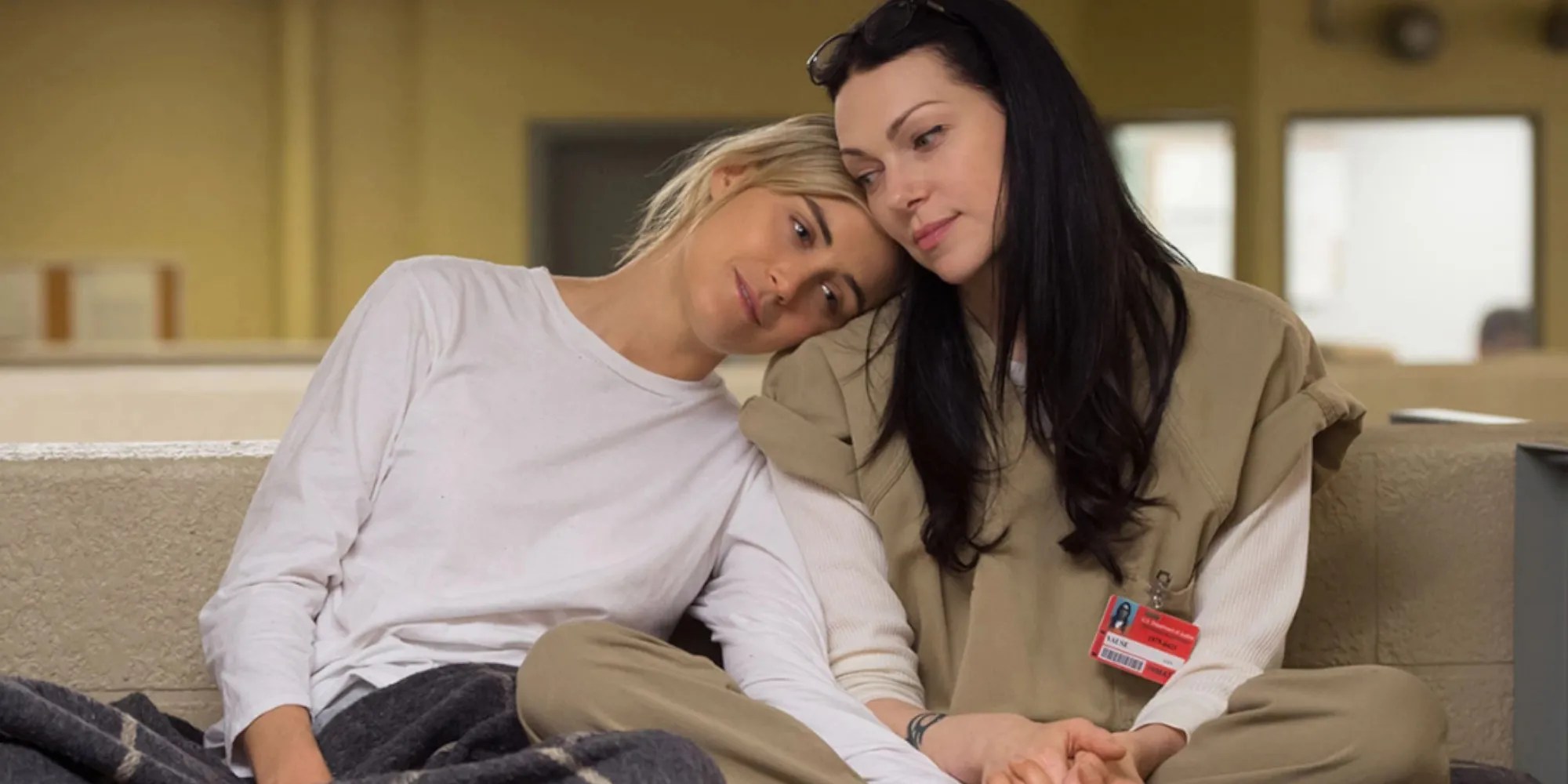
It is refreshing to watch a show that prioritizes equality, and just happens to contain lesbian characters who are not the defining factor of the show. It’s a subtle, yet effective way to address LGBTQ+ representation without using it as clickbait.
9Orange Is The New Black
One cannot have a show based in a female prison without throwing some lesbian action into the mix. Although several characters could be accused of being “conveniently lesbian” (considering they had few options in the matter) it is undeniable that true love is found within the walls of Litchfield.
Based on a true-life story, producers also went out of their way to cast performers fromwithin the LGBTQ+ community.Orange Is the New Blackwas one of the first shows to represent non-heterosexual people of color, with some of the most celebrated characters being Poussey Washington and the infamous Sophia Burset.
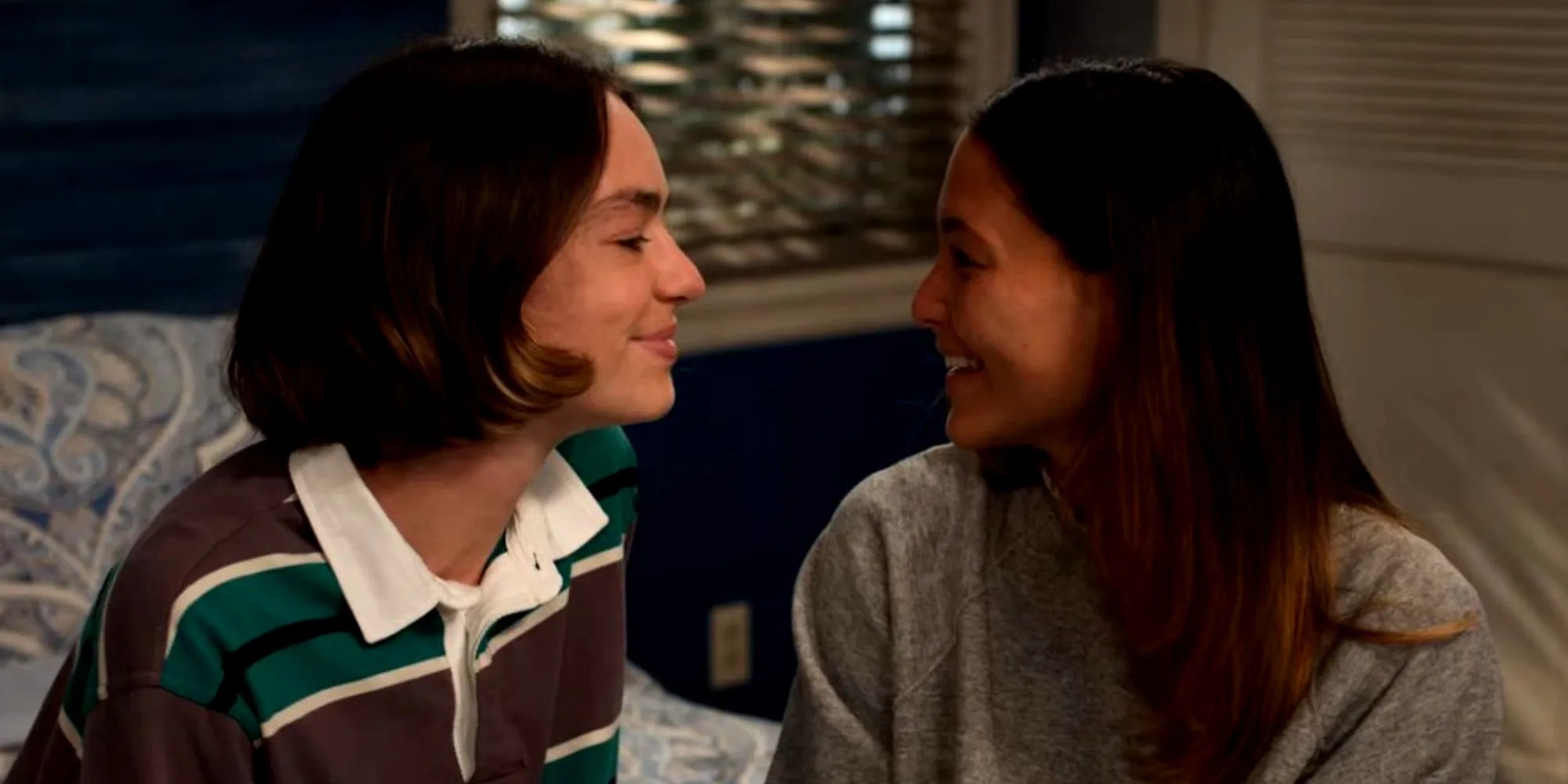
8Atypical
Although the main theme ofAtypicalexplores the realms of autism, the main character, Casey, providesinsights into discovering one’s sexualityand all the heartbreak that goes with it. With a change of schools comes a change of pace, and Casey can’t seem to keep her new friend, Izzy, off her mind. But she has a boyfriend who she is madly in love with, so what could possibly be happening?
Casey supplies a relatable representation of finding oneself. What’s great about her story is that her sexual identity crisis does not change her core personality or her role within her (fortunately) accepting family.
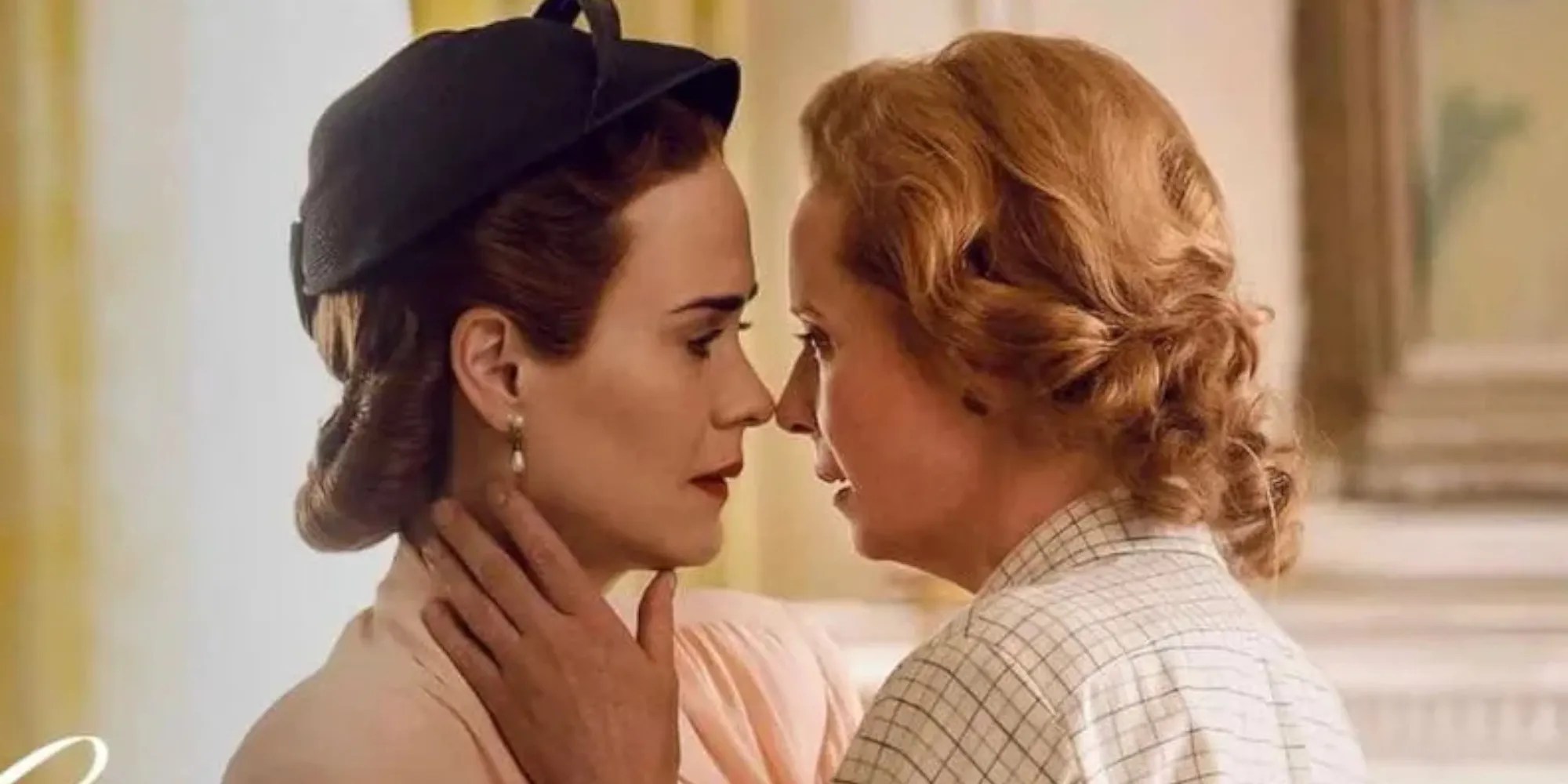
7Nurse Ratched
The fact thatNurse Ratched’s story is based in 1947 does not make it any less relevant, as the relationship dynamics portrayed on screen are ongoing in today’s society. The good Nurse herself appears to be bisexual, although she does not seem to hold manly affections in high regard and opts for the softer touch of Gwendolyn Briggs.
RELATED:Great Movies With LGBTQ+ Theme
Ratched’s backstory is so adequately fleshed out that the audience is not sure whether to root for the killer or not. Although this thriller series is an undeniable depiction of the stereotypical gay psychopath, Mildred’s complex character is handled with more sensitivity than others in the past, such asBuffalo Bill fromSilence of the Lambsor Catherine Tramell inBasic Instinct.
6Shameless (US)
MostShamelessfans do not hesitate when asked who their favorite couple on the show is. If the answer is not Ian and Mickey, then it’s usually Kev, Vee, and Svetlana. Ian and Mickey depict two different coming-out stories: one with acceptance and support, and the other filled with denial and discrimination. Although Mickey and Ian soon become thecutest couple inShameless, their relationship is somewhat toxic, but this is due to their personality traits and is ultimately not related to their gay status. If anything, it shows that queer relationships are vulnerable to the same pitfalls as hetero romances.
The throuple situation is entertaining but unfortunate, as it turns out that Svetlana is just in it for the money. Regardless, it is interesting to explore the potential relationship dynamics that come along with a polyamorous bisexual arrangement.
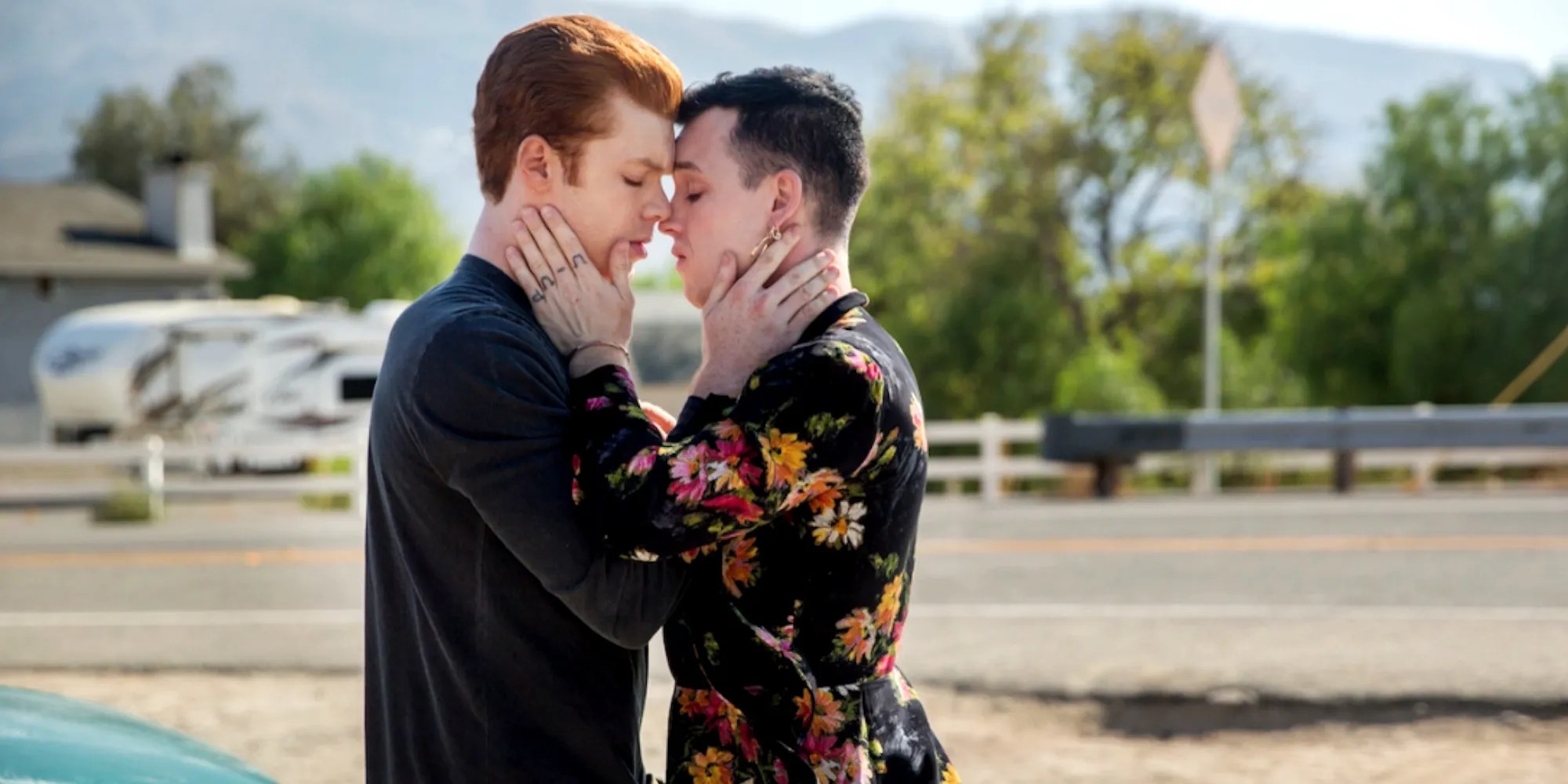
5Sens8
When itcomes to LGBTQ+ representation,Sens8covers many bases and essentially explores what it means to be human with an all-inclusive narrative. A group of perfect strangers from across the globe find themselves connected like a sensate cluster, but their unique genetic structures have caused them to be hunted by Whispers.
Nomi, Amanita, Lito, Daniela, and Hernando are just a few of the LGBTQ+ characters in this exciting supernatural series. Regardless of sexual orientation, the group of eight, along with their respective partners, find cohesion by working as a team (even doing a bit of experimentation along the way).
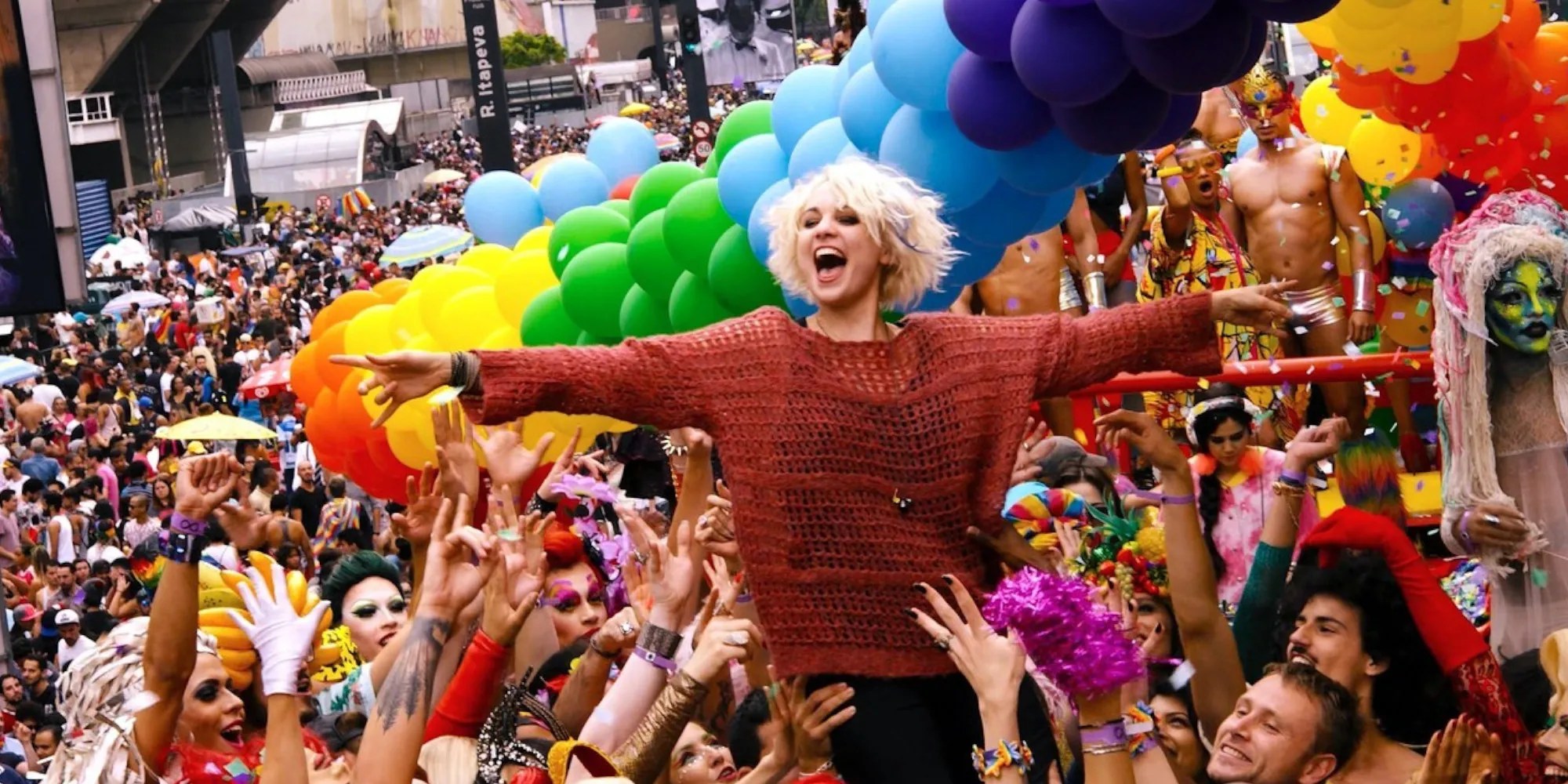
4Umbrella Academy
Not only do fans have Klaus to thank for representing the non-binary pansexual community so eloquently, but the producers have gone out of their way to makeElliot Page feel safeand comfortable too. After Vanya’s actor went through the gender reassignment surgery after Season 2, there were concerns about him having to portray a cis female character on screen again.
RELATED:What The Umbrella Academy Does Better Than Marvel Or DC
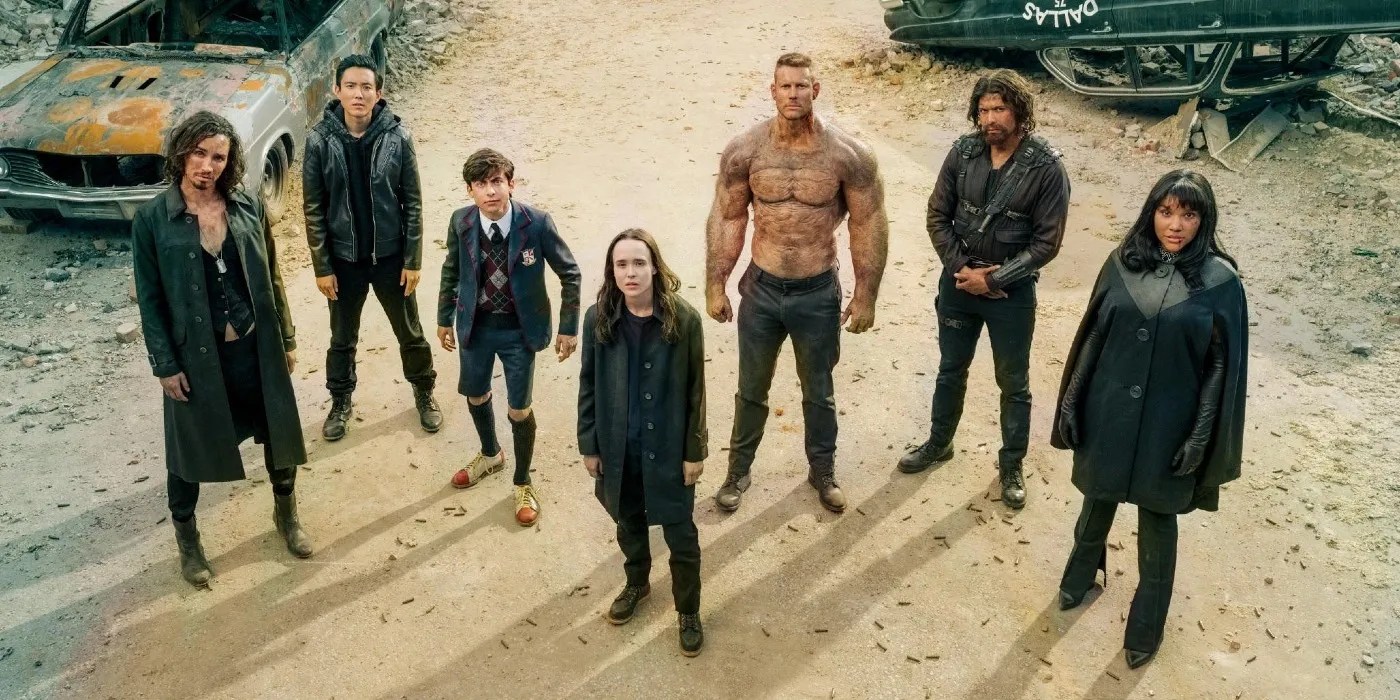
To avoid any unsettling requests, Thomas Page McBee and Steve Blackman went out of their way to alter the story, providing fans with the new and improved Victor Hargreeves with an accompanying transition tale inUmbrella Academy.
3Schitt’s Creek
Another win for pansexual representation comes in the form of the beloved David fromthe multiple award-winning series,Schitt’s Creek. After the Rose family finds themselves unexpectedly broke, they are forced to live an average life.
Patrick and David’s relationship issues are so “normal” that heterosexual viewers find themselves able to relate as well. While other shows such asModern Familyhave had success with this in the past,Schitt’s Creekis different. The alternative couple is not sidelined in any way, but is rather the celebrated focal point. It is rare for a viewer to walk away from this show without having gained some empathy for the LGBTQ+ community.

2Euphoria
Arguably one of the most successful representations of the contemporary LGBTQ+ experience comes in the form ofEuphoria, where each of the colorful characters are facing some serious struggles. However, their sexual orientation is not the root cause of these issues, nor a defining factor of their unique personalities.
The need for labels is thrown out the window, as each character makes transitions of their own that redefine their outlook on life rather than their personality. “Sexuality is on a spectrum,” after all. The homophobic-closet-gay trope is a bit overused and is no excuse for violence, but many fans feel that Jules andRue save the showfrom throwing too much shade on the LGBTQ+ community.
